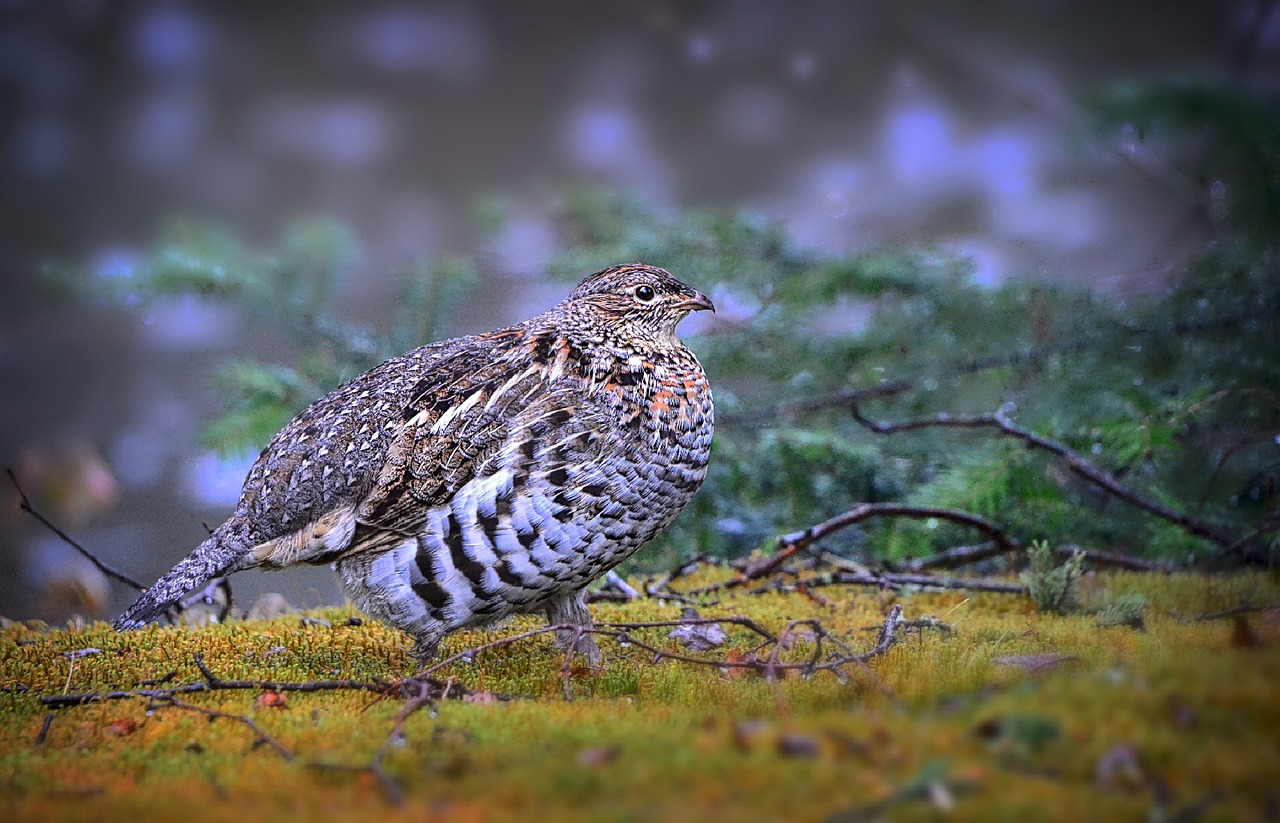Special to 1808Delaware
The Ohio Department of Natural Resources (ODNR) Division of Wildlife is asking the public to report wild turkeys and ruffed grouse observed throughout the summer for the annual brood survey.
Wildlife biologists use turkey and grouse brood surveys to estimate population statuses. Brood surveys rely on public reports of turkeys and grouse seen in July and August, when female birds and their young are most active. Community scientists are encouraged to submit observations on the Wildlife Reporting System webpage at wildohio.gov or on the HuntFish OH mobile app.
 Report wild turkey and ruffed grouse observations this summer at wildohio.gov or on the HuntFish OH app.
Report wild turkey and ruffed grouse observations this summer at wildohio.gov or on the HuntFish OH app.
Observers of wild turkeys are asked to report the number of gobblers, hens, and young turkeys (poults) seen. Information collected about ruffed grouse includes the number of adults and young viewed. Record the date and county where the observation occurred and include as many details as possible with your report. Biologists have tracked summer observations of wild turkeys since 1962, and grouse since 1999.
Similar brood surveys are conducted by other states throughout the wild turkey’s range. Information submitted to Ohio’s brood surveys helps predict future population changes and guide management decisions.
Wild turkey brood surveys in 2021 and 2022 showed above average nest productivity that benefitted turkey populations after several years of below average results. The statewide average poults per hen in 2022 was 3.0, and in 2021 it was 3.1. The 10-year average is 2.7 poults per hen. Regionally, the average poults per hen was 2.4 in central counties, 3.8 in the northwest, 3.3 in the northeast, 2.8 in the southeast, and 2.4 in the southwest. Turkey brood success is largely influenced by weather conditions, although habitat, predators, and more are factors as well. Because of habitat availability, Ohio’s turkey populations are strongest in the eastern and southern counties.
Beginning in 2023, the Division of Wildlife is conducting ongoing research on wild turkeys in coordination with The Ohio State University. Biologists are using GPS transmitters to track the movement, survival, and nesting activities of 49 hens in eastern Ohio. This project is part of a multi-state research collaboration involving Maryland, New Jersey, Ohio, and Pennsylvania.
Turkeys had disappeared from Ohio by 1904, and their return is a conservation success story. The Division of Wildlife restored turkeys in the 1950s by releasing birds from other states. Today, turkeys can be found across Ohio. Turkeys prefer a mix of wooded and open habitat and are often seen in the morning in fields near forests.
Ruffed grouse inhabit Ohio’s heavily forested regions. Grouse occur in the greatest numbers in young, regenerating forests, especially those less than 20 years old. Habitat loss has driven grouse population declines since the 1980s. In addition, susceptibility to West Nile Virus has likely caused further population declines since the early 2000s.
For more information on grouse and turkey, visit the Wildlife Species Page at wildohio.gov.
Image by Alain Audet from Pixabay










